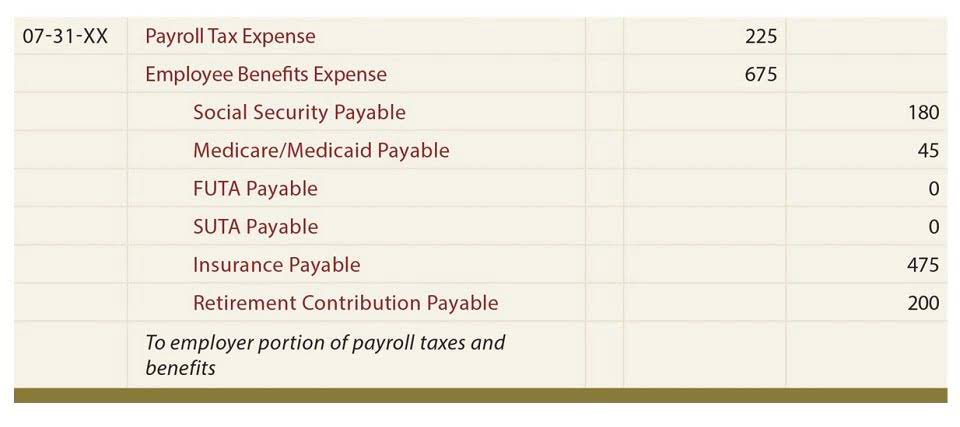All You Need To Know About The Medical Billing Process

The American Hospital Association reports that they deny approximately 18% of in-network claims. Denials occur due to coding errors and missing or incorrect details, negatively impacting the organization’s cash flow. Using them correctly and appropriately helps in reimbursement and no denials. Hospitals and medical care facilities no longer have to chase insurance agencies for settlement of payments. If a claim is missing or miscoded important patient details, the claim will be rejected and returned to the biller. In certain cases, a biller may include an Explanation of Benefits (EOB) with the statement.
You need to follow the Health Insurance Portability and Accountability Act (HIPAA) and the Office of the Inspector General (OIG) guidelines. The future of medical coding and billing is rapidly evolving, with the increasing use of electronic health records (EHRs) and advances in artificial intelligence (AI). One key trend is the use of natural language processing (NLP) to automate the coding process, which can improve efficiency medical billing process and accuracy. Another trend is the increasing use of blockchain technology to improve security and privacy in healthcare transactions. If you’re interested in pursuing a career in healthcare, medical coding and billing could be an excellent option for you. In this article, we’ll cover the basics of medical coding and billing, including what they are, how they work, and why they’re so important in the healthcare field.
HIPAA and Billing
The medical billing process may only have eight major steps, but it has tons of moving parts. Make life easier on yourself and your staff by using the future of medical billing software to improve your revenue cycle management. Paper charts are challenging for RCM because they are separate from EHR. Because paper chart documentation is not included in the EHRs, only providers within the practice that created the charts typically view them. The coding and billing processes must be effective and carried out with extreme caution, owing to the complexity involved. Denials resulting from medical coding errors equate to lost time and lost revenue because additional office staff time is needed to correct and resubmit follow-up claims.

The diagnoses and procedure codes are taken from medical record documentation, such as transcription of physician’s notes, laboratory and radiologic results, etc. Medical coding and billing specialists play a key role in the healthcare industry. They are responsible for ensuring that healthcare providers receive proper reimbursement for their services, as well as //www.bookstime.com/ for maintaining accurate patient records. These professionals must be familiar with a wide range of medical codes and billing procedures, and they must also stay up-to-date with changes in the healthcare industry. Medical billing and coding is a vital aspect of the healthcare industry, ensuring accurate and efficient processing of Medical claims and payments.
Denial management
Appending the correct modifier is essential in this matter as it may appear duplication of services (due to repeated diagnostic tests) and can lead to denial. Modifier 59 and Modifier 91 in medical billing are often confused with one another. But there is a difference to be noted, that modifier 91 can only be appended for laboratory diagnostic tests whereas modifier 59 is used for services that are distinctive of one another, under the circumstance. If your medical physician orders a test from another pathology lab to help diagnose the disease. The report shared by the lab includes a written report or interpretation by the lab pathologist to the physician. In this scenario, the lab pathologist can use modifier 26 for billing the procedure by presenting their written report or interpretation of the test performed.
Copayments are always collected at the point of service, but it’s up to the provider to determine whether the patient pays the copay before or immediately after their visit. Like medical coding, medical billing might seem large and complicated, but it’s actually a process that’s comprised of eight simple steps. During the Charge submission, the medical billing process starts to inch its way to the goal. This is when your team, or your medical billing service provider, sends everything over in an orderly fashion to the adjudicating entity (i.e. Alberta Health / ACHIP). Your recordings, during this stage of the medical billing process, need to be transcribed — and later formatted. All information needs to be verified, wrong data corrected and, ultimately, things that might hurt the claim need to be examined.

Write a Comment